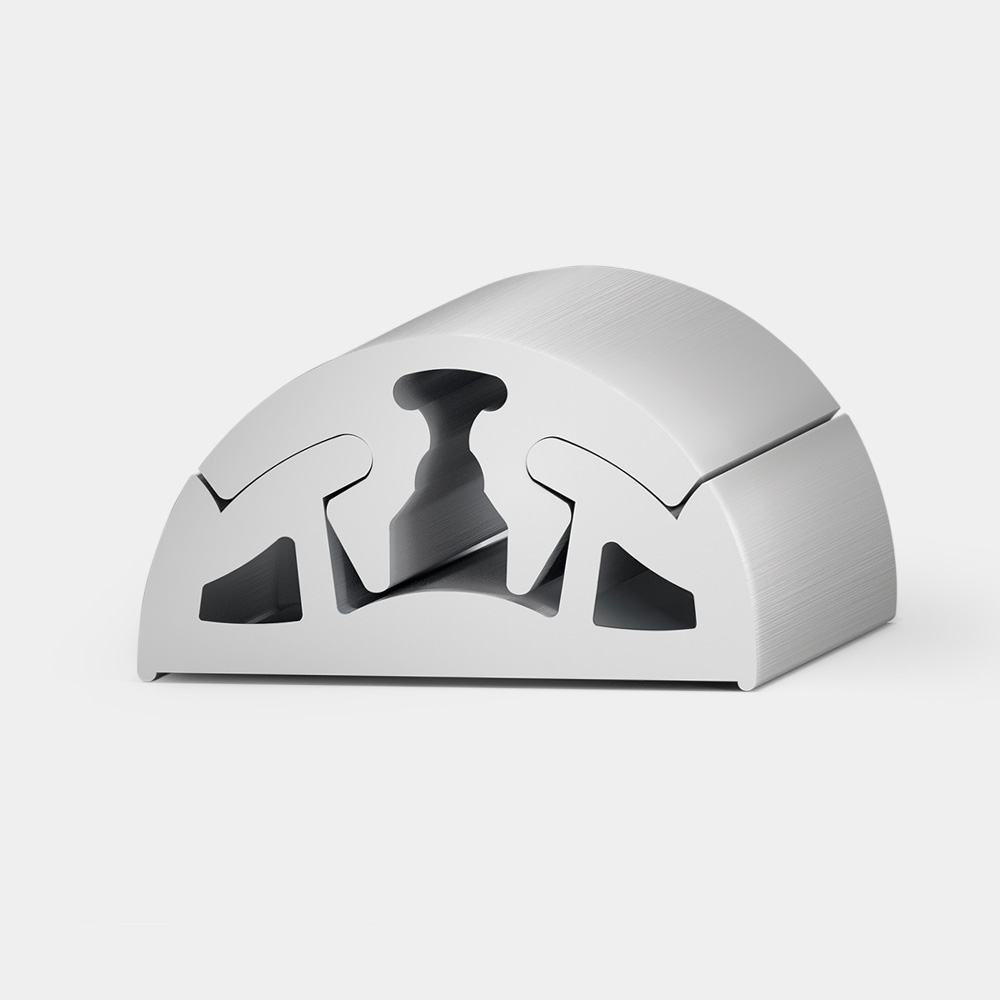Last fall we had a major wind storm that caused my boat to yaw in the slip and the swim platform rubbed up against the dock. It cause the damage in the photo below. It obviously wore through the gel coat and rubbed away some of the fiberglass as well. What's the proper way to repair this?
I have a supply of color matched gelcoat that came with the boat. Do I just prep the surface and build up the gelcoat? Do I need to apply some new fiberglass and epoxy first? There's no structural damage evident; just the cosmetic damage.
As an enhancement I'm going to install some rub rail in the spring. It should cover the entire area but I don't want to leave that raw fiberglass.

I have a supply of color matched gelcoat that came with the boat. Do I just prep the surface and build up the gelcoat? Do I need to apply some new fiberglass and epoxy first? There's no structural damage evident; just the cosmetic damage.
As an enhancement I'm going to install some rub rail in the spring. It should cover the entire area but I don't want to leave that raw fiberglass.




